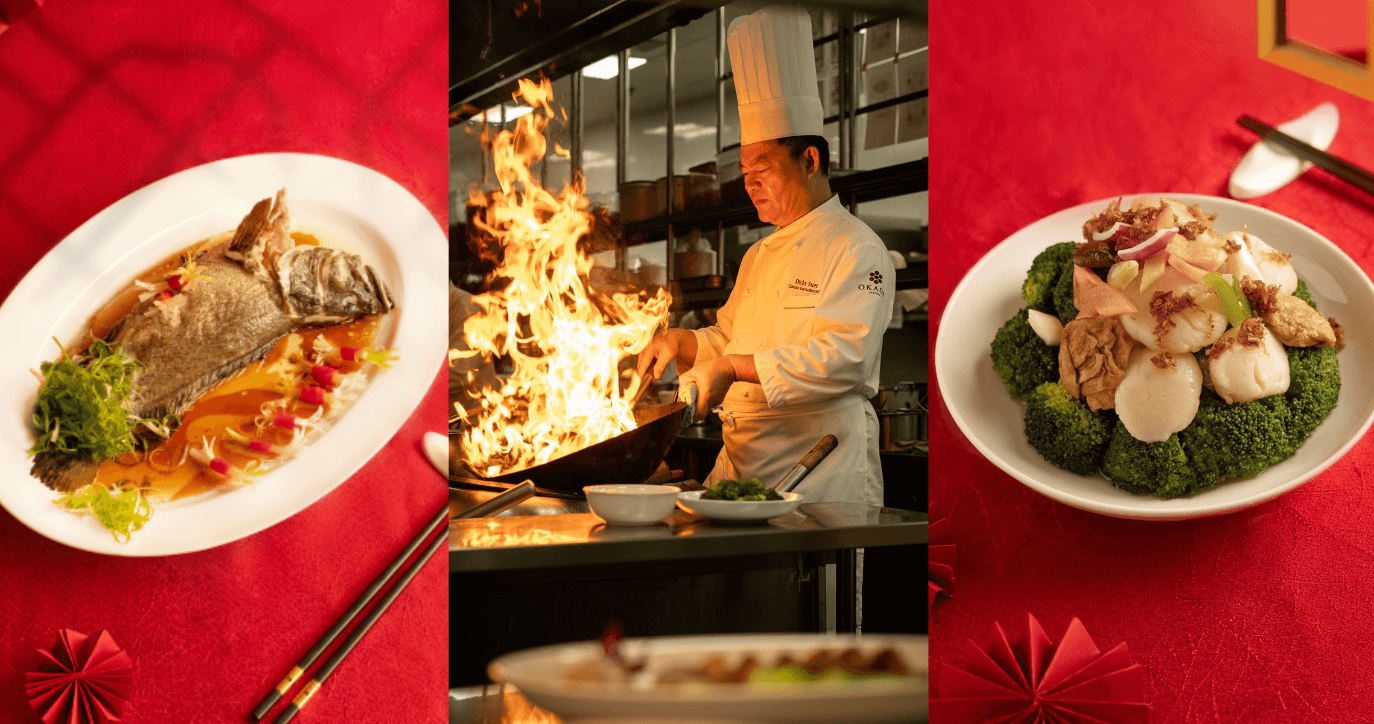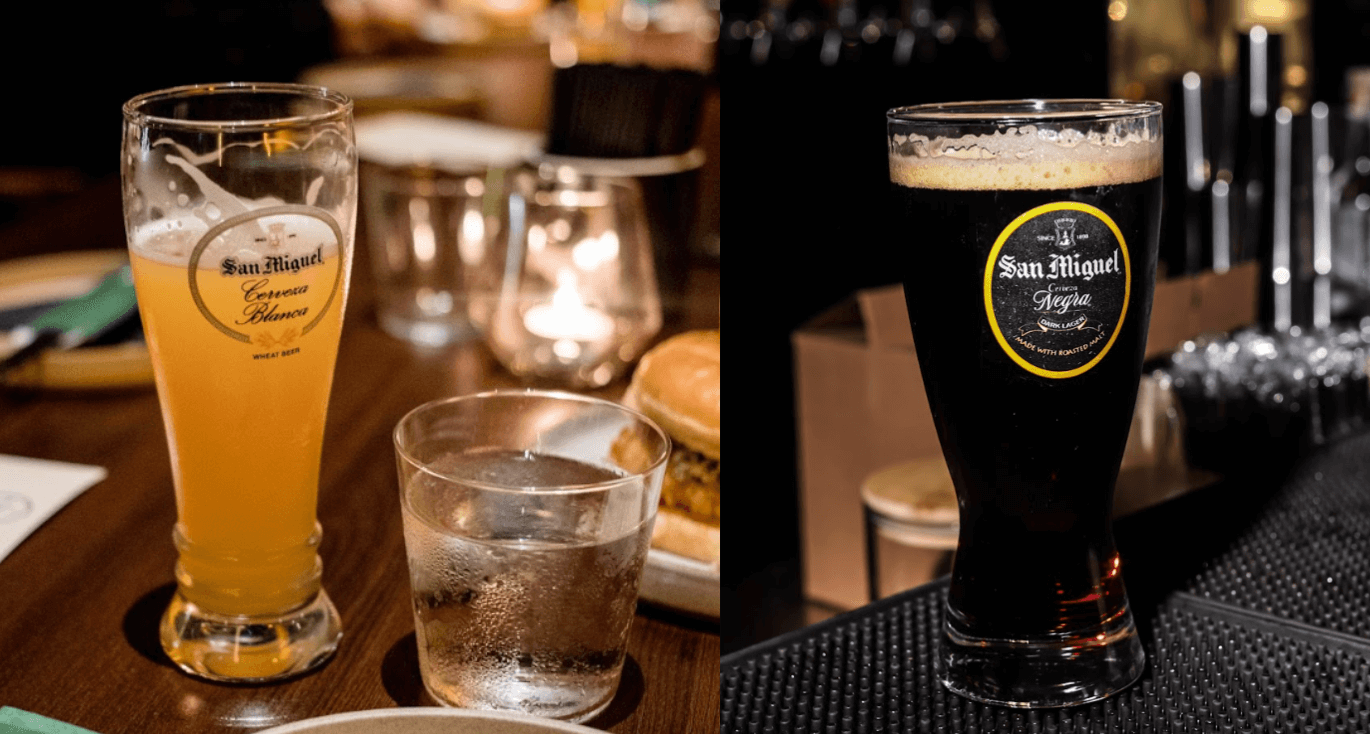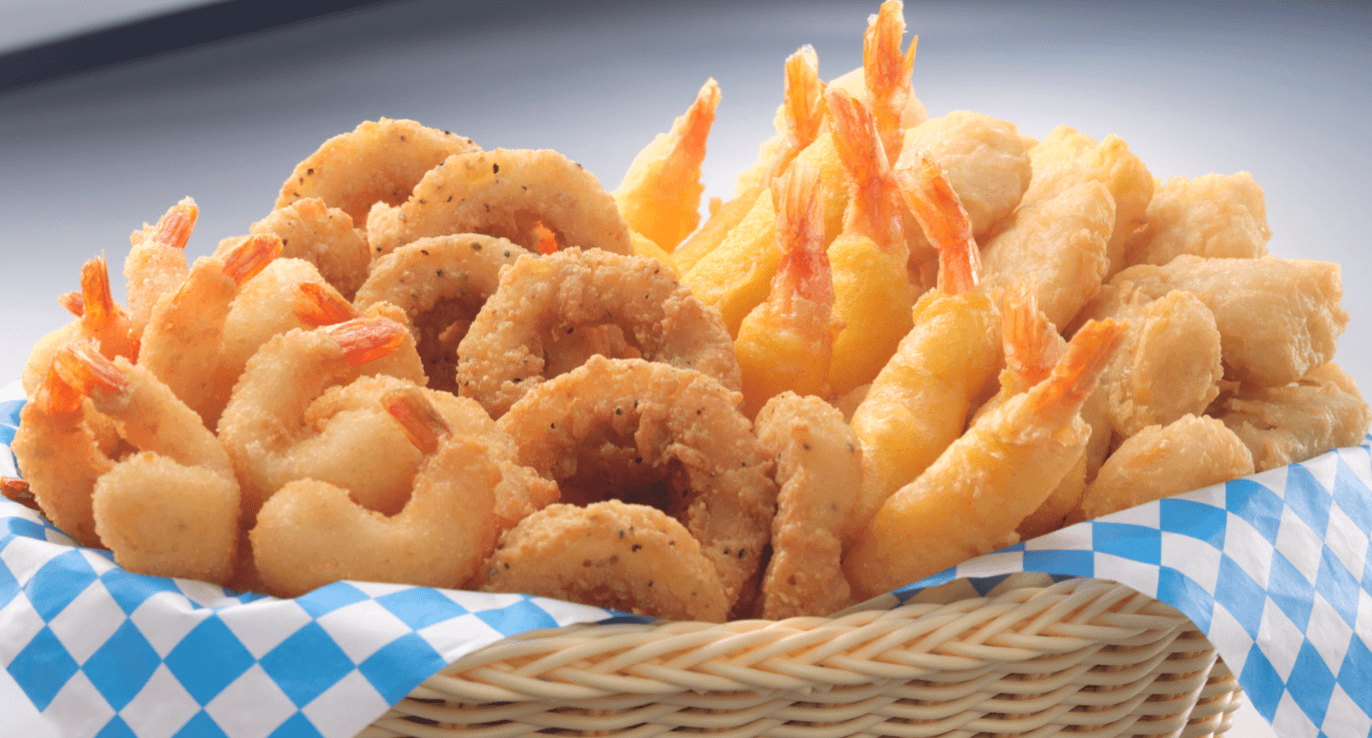The holidays mean different things to different people. It is the time of year when family traditions come alive, and heirloom recipes are recreated for the feasts.
Here’s a kaleidoscope of yuletide recipes, a perspective of the season seen through the dishes shared by some of the most respected names in the food industry.
Chef Ramon Antonio is the group chef of The Red Crab Group: Red Crab, Seafood Island, Crustasia, ROBs, Wolfgang’s, Saigosan and many more.

He shared his binignit (ug tabirak) recipe.
There are versions of ginataang halo-halo all over the country. In Cebu, it is called binignit. In Pampanga it is called sampelot, with large sago and fully loaded with bilo-bilo, ube, langka, kamote, saba, etc.
The southern regions’ versions showcase landang (spätzle-shaped buri tapioca), saba, and a bit of the small variety of sago.
In northern Mindanao (CDO, Bukidnon etc.) it is called tabirak, and highlights root vegetables found in one’s backyard, farm or the market: ube, gabi, cassava, yacon, carrots, potatoes, etc. It also contains landang.
At the Antonio home in Cebu, the coconut milk for the binignit is enhanced by the addition of lemongrass pandan and ginger.
And though the sweet coconut milk-based dish is usually prepared during summer or Good Friday, Ramon remembers enjoying it during the cold months in Cebu, especially after Simbang Gabi.
He fondly recalls memories of his late stepfather, a Chinese mestizo kitchen master, who would be basting his home-cooked version of a hoc siu ham with 7-Up at Christmas time. Ramon and his brother were tasked with washing all the nata de coco grown in lab-sized jars for cutting and simmering in pandan syrup. Their reward for completing their task was fragrant steaming bowls of binignit from the corner karinderya, enjoyed while the December breeze blew through the trees.
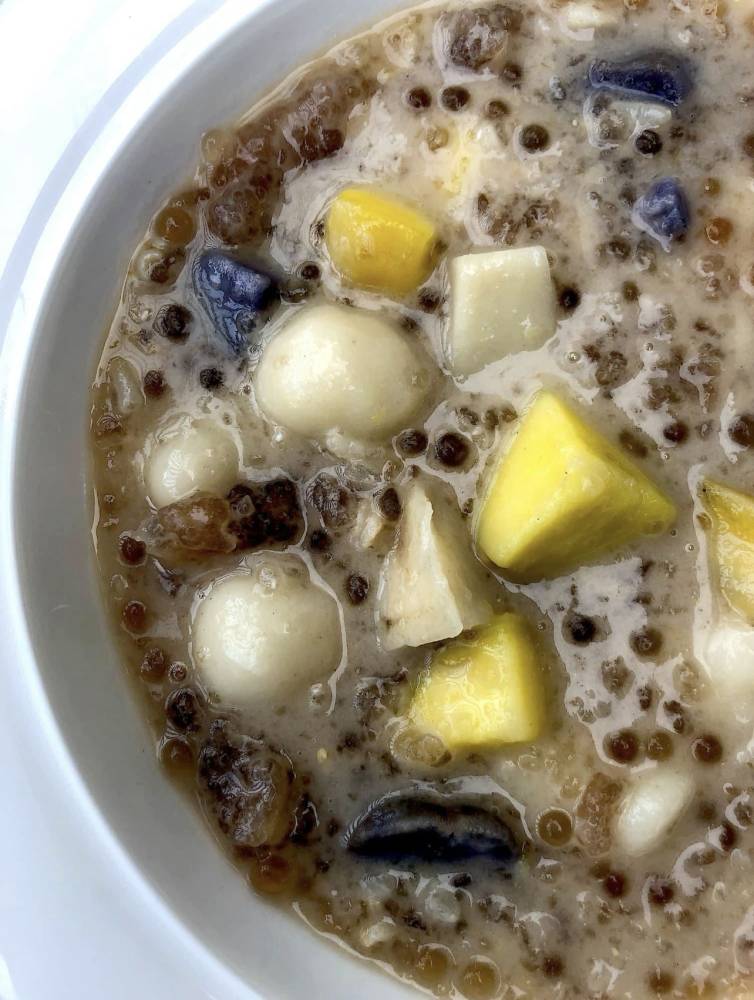
‘Binignit’
Serves 4
Fresh coconut milk, 1 liter (or more, as desired)
White sugar (or kamay, Cebuano palm sugar, if available), 60 g
Pandan (tied in a knot), 6 leaves
Lemongrass stems, bruised, 6 pcs
Ginger, peeled, washed, 40 g
Small sago, 50 g
Landang, 50 g
Bilo-bilo (handmade or store-bought frozen), 12 pcs
Saba banana, 3 pcs
Vanilla essence, 3 ml
Precook your sago: In a pot with boiling water (just enough to cover sago, about 2 cups), cook sago until translucent, around 10 minutes. Drain. In a new pot filled with cold water, add the pre-cooked sago and bring to a gentle simmer, to slowly and fully cook the sago. Set aside.
In a pot, simmer the coconut milk with the kamay or white sugar, until dissolved over low-medium heat. Add the landang, ginger, lemongrass and pandan. Adjust taste to your liking. Add saba bananas, sago, bilo-bilo and vanilla or banana essence for a more rural or street-food effect.
Cook gently until saba, landang and bilo-bilo are all cooked, and the coconut milk/cream is fully fragrant. Enjoy!
British favorites
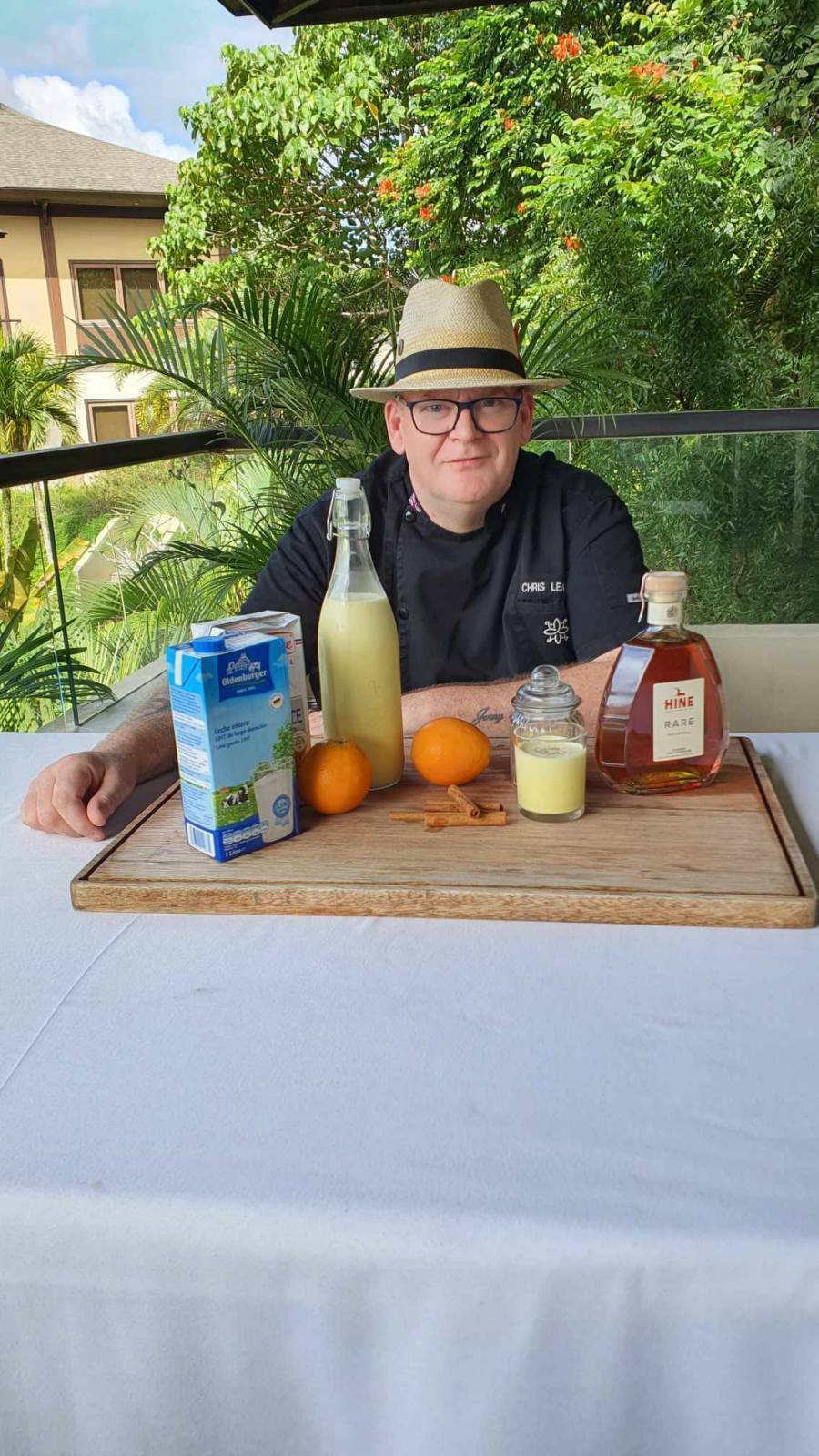
British chef Chris Leaning was the executive chef of the Asian Development Bank, and currently, of Anya Resort Tagaytay. He is also a chocolate crinkle genius. His cookies are some of the best I’ve tasted.
His recipe is Granny’s Christmas Eggnog. Chris says his grandmother was a fantastic cook. In fact, she was the head cook of the maternity home in which he was born.
Every Christmas, her kitchen was busy preparing British favorites such as plum pudding and Christmas cake, among others.
One of the adults’ favorites was her Christmas rum eggnog, which she made in vast quantities, bottled using old milk bottles with a cork, kept in a chiller and given to family and friends when they come visit.
“My grandmother was very popular at this time of year,” he said.
Chris said he and his cousins would sneak into the pantry when the adults were busy to sip the golden nectar right out of the bottle. “Making this evokes many wonderful Christmas memories of my grandmother sitting in the corner smiling away, surrounded by her loving family and once you have tasted this you will all understand why.”
He said that the recipe, passed down through generations, held secrets spices whispered by grandmothers long gone. The delicate process became a ritual, as laughter and stories echoed in the family kitchen.
Granny’s Christmas Eggnog
Makes about 1.5 liters6 large egg yolks
150 g light brown sugar
500 ml whole milk
500 ml whipping cream
300 ml rum or brandy
½ pc cinnamon stick
A pinch of nutmeg, grated
½ tsp Vanilla extract
Zest of a large orange—remove the white pith but leave the orange zest in big pieces.
Separate eggs. Place yolks in a bowl and add the light brown sugar. Beat until fluffy and light.
Warm milk with cinnamon stick and zest. Do not boil. When warm, remove cinnamon stick and zest and set aside.
Pour a little milk over egg and sugar mix. Pour the rest of the warm milk while beating.
Pour mixture in a pan with the cinnamon stick and orange zest. Cook over low heat and keep stirring with a wooden spoon; do not boil. Once it bubbles lightly and steam comes off the top, take it off the heat and stir in the whipping cream.
Strain and chill until cold. Stir in the rum or brandy vanilla and nutmeg, mix well and bottle.
Keep in fridge for up to two weeks. Serve cold. Warm with a pinch of nutmeg. Or add pasteurized egg white beaten until stiff, then mix with the eggnog, with a pinch of nutmeg on top.
Follow @iamreggieaspiras on Instagram and Facebook; reggieaspiras.com











